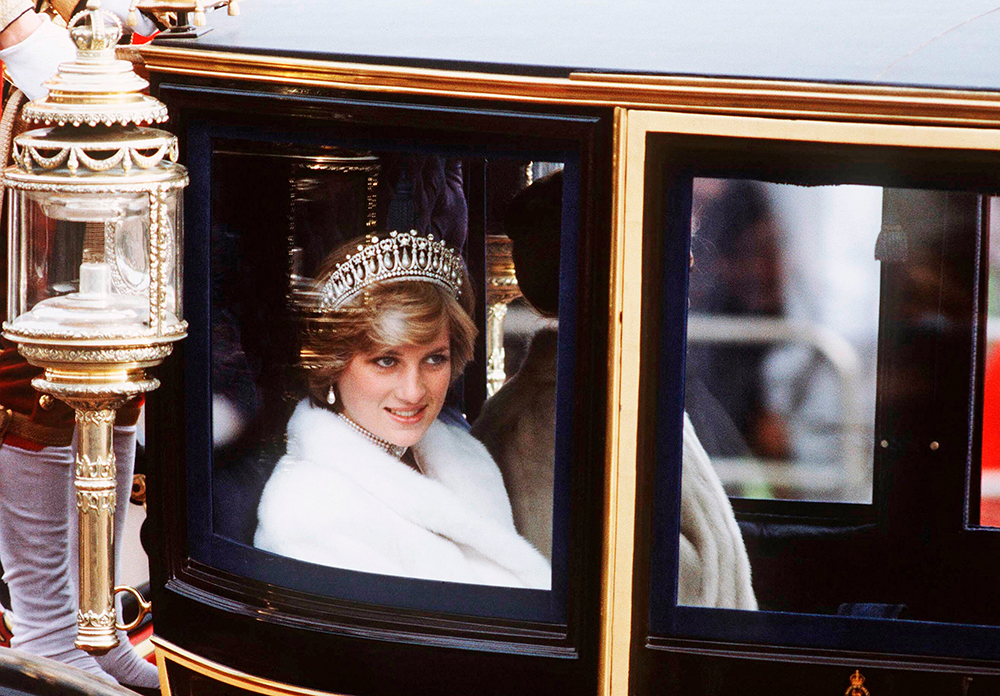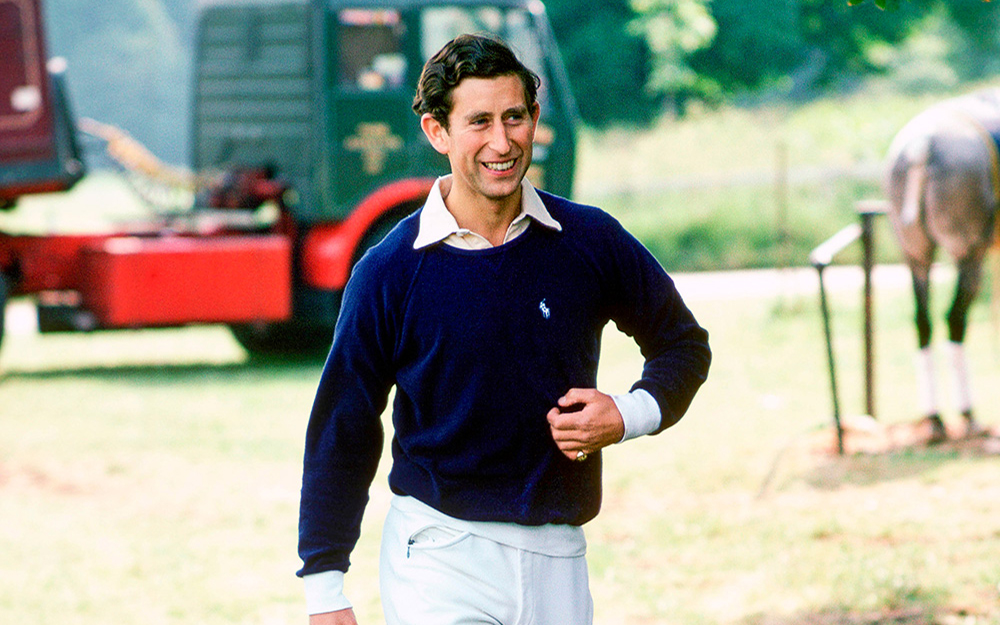It was “the stuff fairytales are made of”, proclaimed Robert Runcie, Archbishop of Canterbury. The wedding of Prince Charles and Lady Diana Spencer on July 29, 1981 was one of the most magical royal occasions of the 20th century, with the pomp and pageantry watched by a global audience of more than 750 million people.
There was much relief that the bachelor Prince of Wales had finally chosen a bride and great delight that it was the beautiful Diana, the earl’s daughter who had been working as a kindergarten teacher when the news broke of her relationship with Charles.
She was clearly besotted with the man she saw as her Prince Charming, however a comment her fiancé made during an interview after their engagement was officially announced suggested that maybe he didn’t feel the same. When a journalist asked if they were in love, Diana replied, “Of course.” And Charles muttered, “Whatever in love means.”

At the time, the bride-to-be laughed off the comment, but years later she would admit that his “strange response traumatised me”.
In fact, Charles – who remained close to his ex Camilla Parker Bowles – felt he had no choice but to take Diana, 12 years his junior, as his bride, even though he barely knew her. They met on just 13 occasions before their wedding day, it was later revealed.
According to biographer Christopher Andersen, Charles’ father Prince Philip told him, “Either ask the poor girl to marry you or end it.”

It looked to the rest of the world that the pair had found their happily ever after when the marriage produced two adorable sons – Prince William and Prince Harry, the heir and a spare – within three years. The union did wonders for the images of Charles and his family, considered to be rather stuffy.
“In the very beginning, Diana sprinkled fairy dust over the entire royal family,” says writer Alan Hamilton. “He seemed so smart for having picked such a wonderful young woman to be his princess, the future Queen. People absolutely loved her and that rubbed off on him.”

Charles made it his job to teach the young princes the formal side of royal life.
But cracks soon began to appear. Used to being in the spotlight his whole life, Charles struggled with Diana’s soaring popularity and the fact members of the public wanted to meet her, not him. Her warmth and willingness to interact with everyone from AIDS patients to homeless people endeared her to the public in a way that his more formal, slightly stand-offish manner never could.
“Her star immediately eclipsed her husband’s, causing early fractures in their relationship,” says royal writer Katie Nicholl. “The diligent, sensitive and status-conscious Charles found it hard to understand.”

Behind the scenes, Diana was well aware of Charles’ ongoing relationship with Camilla, and she was devastated. Her behaviour became erratic and she developed the eating disorder bulimia. Eventually, she too would be unfaithful, having an affair with army officer Major James Hewitt and also being linked to other men, including art dealer Oliver Hoare.
When the Prince and Princess of Wales travelled to India in February 1992, and Diana posed alone for poignant shots in front of the Taj Mahal, people began to accept that the speculation about a rift in the royal relationship might be true.
The publication of Andrew Morton’s bombshell book Diana: Her True Story two months later left no doubt, as did the subsequent release of the “Squidgygate” tape, a private recording of a conversation Diana had had three years earlier with her friend James Gilbey.
The day after the Queen’s “annus horribilus” speech in November 1992, Charles told Diana he wanted a separation, and they broke the news to Her Majesty shortly afterwards. The separation was announced by Prime Minister John Major in Parliament on December 9.

Charles joins a grief-stricken Harry and William viewing flower tributes to their beloved mum.
Fifteen years and one month after their fairytale wedding, Charles and Diana’s divorce became official on August 28, 1996. A year and three days later, Diana was dead.


